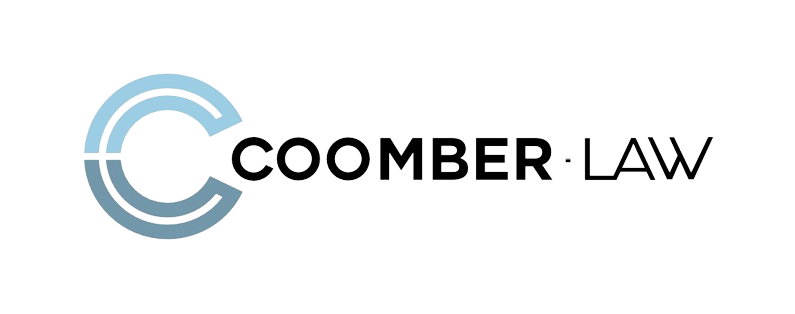
As an employer, navigating the ever-changing landscape of tax credits and incentives can be a daunting task. One such program that has garnered significant attention is the Employee Retention Tax Credit (ERTC). This credit, introduced as part of the CARES Act, aims to provide financial relief to businesses impacted by the COVID-19 pandemic. However, despite its potential benefits, numerous misconceptions surround the ERTC, leaving many employers uncertain about their eligibility and the application process.
What is the Employee Retention Tax Credit (ERTC)?
The ERTC is a refundable tax credit designed to incentivize employers to retain their workforce during the COVID-19 pandemic. It provides a credit of up to $26,000 per employee for qualified wages paid between March 13, 2020, and September 30, 2021. The credit can be claimed by eligible employers, regardless of their size or industry, who experienced significant disruptions due to government-mandated shutdowns or a substantial decline in gross receipts.
By taking advantage of the ERTC, businesses can offset a portion of their payroll costs, potentially freeing up funds for reinvestment, expansion, or other critical operational needs. It's a valuable opportunity to alleviate financial strain and support workforce retention during challenging times.
Common Misconceptions About the Employee Retention Tax Credit
Despite its potential benefits, several misconceptions surrounding the ERTC have led to confusion and hesitation among employers. Let's address some of the most prevalent myths and separate fact from fiction.
One of the most widespread misconceptions is that the Employee Retention Tax Credit is exclusively available to large corporations or enterprises. This couldn't be further from the truth. The ERTC is designed to support businesses of all sizes, including small and medium-sized enterprises (SMEs).
Whether you have a handful of employees or a workforce numbering in the thousands, your business may be eligible for the credit if it meets the qualifying criteria. The ERTC does not discriminate based on the size of the organization, recognizing that businesses of all scales have been impacted by the pandemic.
Another common misconception is that only profitable businesses can claim the Employee Retention Tax Credit. However, this is not the case. The ERTC is available to businesses regardless of their profitability status during the eligible period.
Even if your business experienced losses or operated at a deficit, you may still be eligible for the credit. The ERTC is designed to support businesses that faced significant disruptions due to the pandemic, irrespective of their financial performance.
Some employers may be deterred from pursuing the Employee Retention Tax Credit due to the perceived complexity of the application process. While it's true that navigating tax credits and incentives can be intricate, the ERTC process is more straightforward than it may initially seem.
With the right guidance and support from qualified professionals, such as tax advisors or ERTC specialists, the application process can be streamlined and simplified. These experts can assist you in determining eligibility, gathering the necessary documentation, and ensuring compliance with the program's requirements.
The Benefits of Taking Advantage of the ERTC
Aside from the potential financial relief provided by the Employee Retention Tax Credit, there are several additional benefits to consider:
- Cash Flow Boost: The ERTC can provide a much-needed influx of cash for your business, allowing you to reinvest in growth opportunities, cover operational costs, or strengthen your financial reserves.
- Employee Retention: By leveraging the credit, you can maintain your workforce and avoid layoffs or furloughs, fostering employee loyalty and retaining valuable talent.
- Competitive Advantage: Businesses that take advantage of the ERTC may gain a competitive edge by having access to additional funds for reinvestment, innovation, or strategic initiatives.
- Future Preparedness: The financial relief provided by the ERTC can better position your business to weather future economic challenges or disruptions, enhancing resilience and long-term sustainability.
Schedule a Consultation with Coomber Law Today
If you're unsure about your eligibility or need assistance navigating the ERTC application process, consider consulting with Coomber Law. Our expertise can help ensure you maximize the benefits of this valuable tax credit while staying compliant with all applicable regulations.
Don't let misconceptions hold you back from exploring the potential benefits of the Employee Retention Tax Credit. Take the time to understand the program, seek professional advice if needed, and make an informed decision that aligns with your business goals and priorities. Visit Coomber Law at our office is in Carlsbad, California, or call (760) 205-3810 to book an appointment today.




